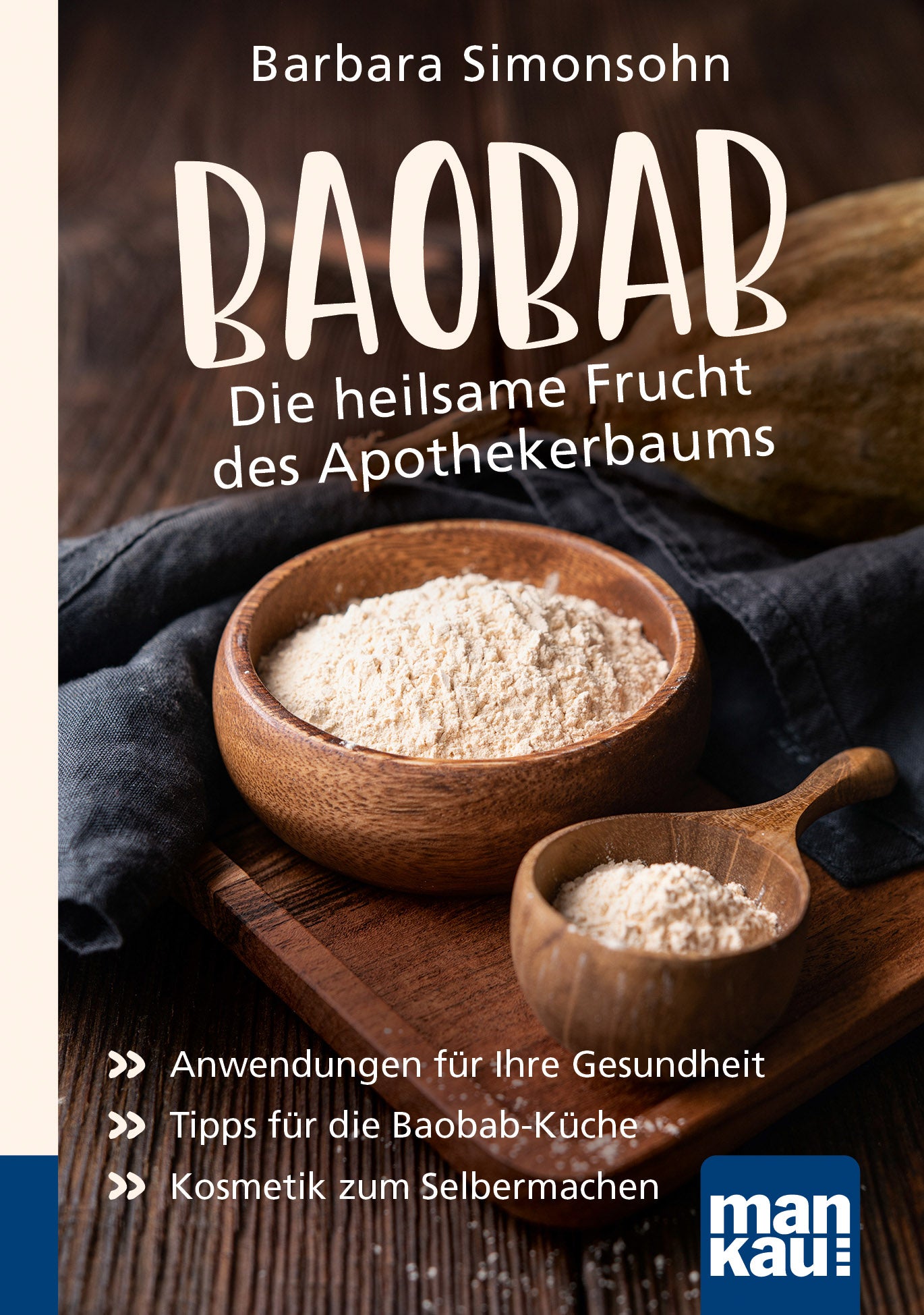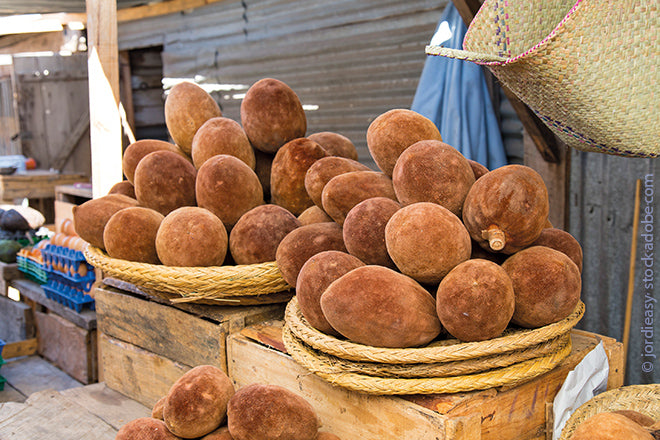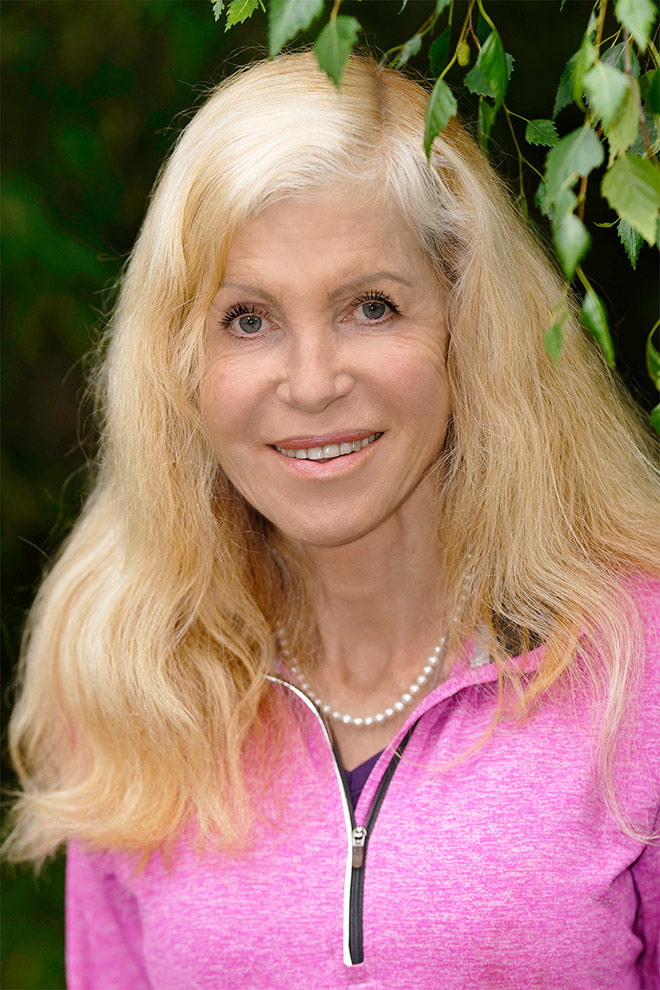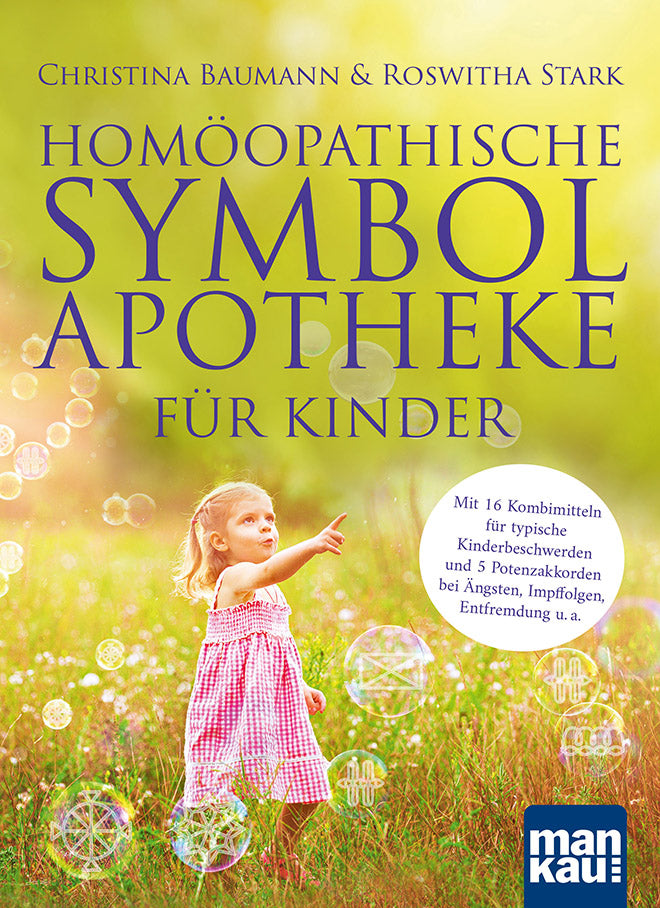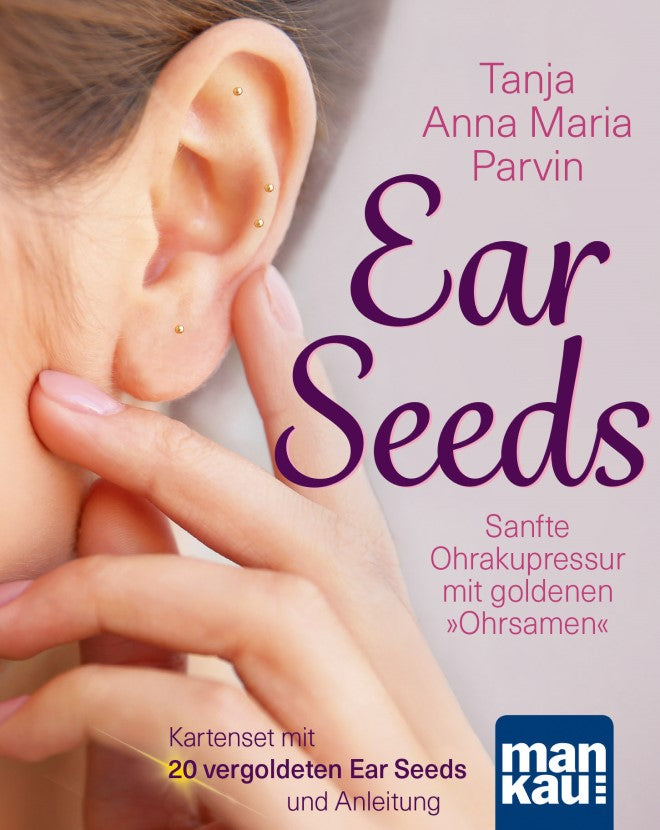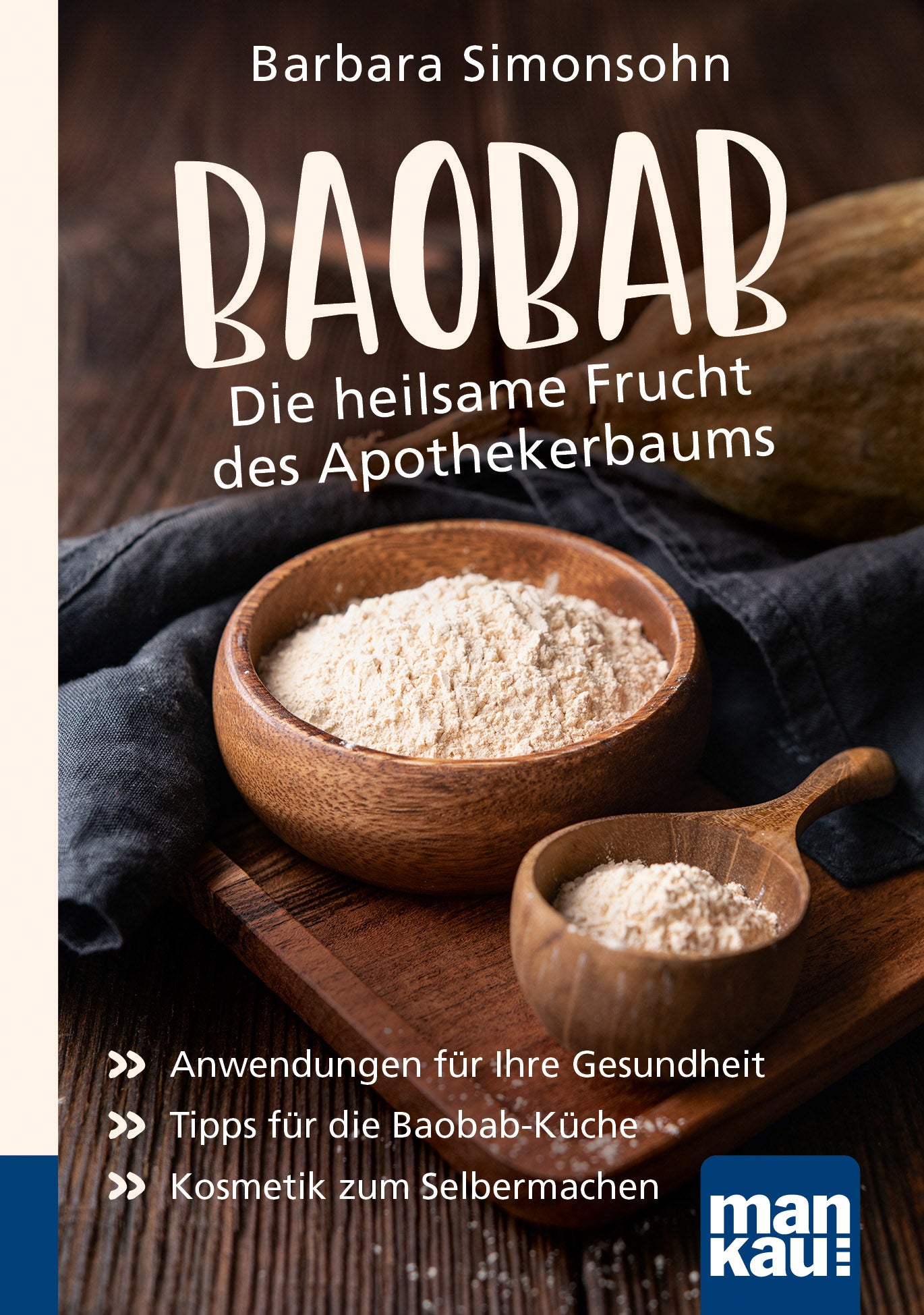
Africa's apothecary tree: Barbara Simonsohn's compact guide shows what makes baobab so valuable
Africa's apothecary tree: Barbara Simonsohn's compact guide shows what makes baobab so valuable
The fruit of the baobab tree is experiencing a renaissance: Baobab is not only an all-rounder when it comes to health, whose healing effects are scientifically confirmed. The use of the products promotes agricultural structures and Africa and makes a contribution to climate protection.
The symbol of Africa
Baobab, the monkey bread tree, is the symbol of Africa. It is one of the thickest trees in the world and can live up to 2,000 years. The Africans themselves call it the "pharmacist tree" or "symbol of the earth". It is revered as sacred and anyone who cuts down this tree is severely punished. Village meetings are held under certain ancient monkey bread trees, festivals are celebrated or ancestors are honored. It has served as a source of food and water and shade for thousands of years. Almost everything on it can be eaten, used as medicine or processed into something useful.
In her new compact guide, " Baobab ," nutrition and superfood expert Barbara Simonsohn summarizes everything you need to know about the African miracle tree. She describes the ingredients of the baobab and their importance for our health, and gives valuable tips on how to use it in the kitchen and cosmetics. Baobab is still something of an insider tip here, but this book will hopefully change that.
A true miracle tree
The baobab's homeland lies south of the Sahel zone to southern Africa in frost-free areas. It is the typical tree of the African savannah, where it grows alone or in small groups. Its soil and climate requirements are very moderate. It grows at altitudes of up to 1,500 meters and in different climate zones with rainfall of 200 to 2,000 milliliters per year. No other tree can cope with such a variety of soils, from salty to sandy to rocky. It can store up to 140,000 liters of water in its thick trunk. The fruits are also spectacular. One tree can bear up to 300, containing more than 30 kilos of pulp. Large fruits can be up to 50 centimeters long, with more than 400 seeds.
The baobab is food for people and their animals, a pharmacy for curing tropical diseases, and a source of almost unlimited uses. The economic demand for baobab products is increasing the appreciation of the trees in the countries of origin. Baobab products also boast centuries of experience in ethnomedicine, and are a true superfood.
Superfood for body and soul
"Superfoods" are characterized by their high nutrient density and high antioxidant potential. Tropical fruits such as baobab also contain many more plant-based substances than our local fruit varieties, because in the hot tropics they provide special protection against mold, UV light and numerous predators. The fruit of the baobab tree is packed with antioxidants, vitamins, minerals and trace elements, contains the complete amino acid profile, fiber in the ideal ratio, polyphenols and other plant-based substances as a booster for the immune system and as an all-rounder when it comes to health. It has a particularly high level of calcium, zinc and iron and is a high-quality source of potassium, which is essential for normal muscle function - including that of the heart muscle - and for acid-base balance.
The baobab fruit heals a sick intestine, prevents diabetes, helps with high blood pressure and heart problems, serves as a burnout prevention and supports healthy weight management. As a plant-based protein source, baobab is particularly important for the sick, children, young people, vegans, people who do physically and mentally hard work, those who are active in sports, people who are overweight, people in the recovery phase, pregnant women, nursing mothers and people with chronic stress. The valuable ingredients act as a natural antibiotic and antiviral agent, they also protect the liver and reduce pain.
Book tip:
Barbara Simonsohn: Baobab. Compact guide . The healing fruit of the apothecary tree: Applications for your health - tips for the baobab kitchen - cosmetics to make yourself. Mankau Verlag 2021, paperback, full color, 11.5 x 16.5 cm, 125 pages, 9.99 euros (D) / 10.30 euros (A), ISBN 978-3-86374-614-8.
Link recommendations:
More information about the book “Baobab”
To the reading sample in PDF format
More about the author Barbara Simonsohn
Our social networks – for questions, criticism, suggestions
